How to add visual texture to watercolor and acrylic washes.
December 12, 2016 2021-07-03 17:10How to add visual texture to watercolor and acrylic washes.

How to add visual texture to watercolor and acrylic washes.
Adding a bit of visual texture to your paintings will make them stand out. You can also use visual texture as a starting point to layer more colors or to make an abstract background.
You might also like: Mounting a watercolor painting on a cradled panel board, a step by step tutorial
Here are my favorite ways to add texture to a watercolor or acrylic wash.
For all the techniques shown here, you will need to first paint a wash of watercolor or acrylic on your surface (paper, canvas, yupo or stone paper, claybord…)
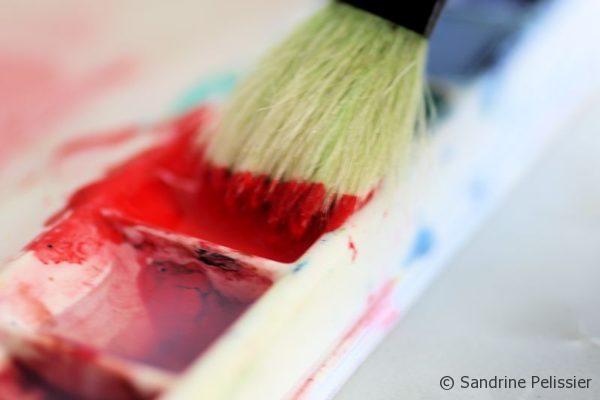
Ideally your wash should still be wet when you start adding texture, but not too wet, just at the point before the edges start drying.
I am a Blick Art Materials affiliate and I receive a small compensation for sales. That does not effect in any way the cost of the purchaser’s order but it helps me keeping the content of this blog free.

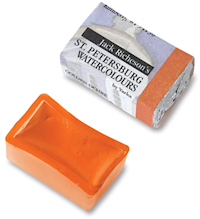 |
Yarka St. Petersburg Professional Watercolor PansSame palette of traditional colors the great masters used a century ago. Liquid-poured means semi-moist pans respond instantly to a wet brush. 24 pans in plastic case. Also individual pans. – Master Set |
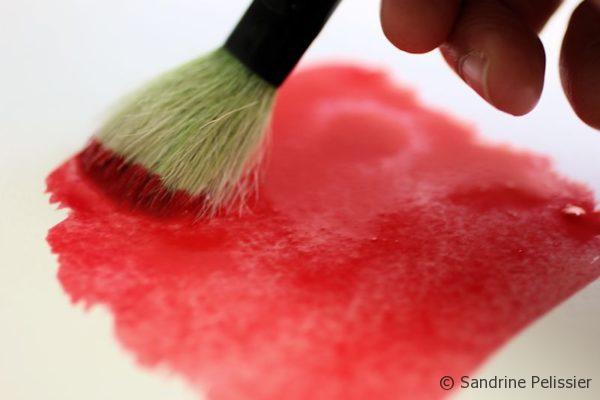
1 Salt visual texture
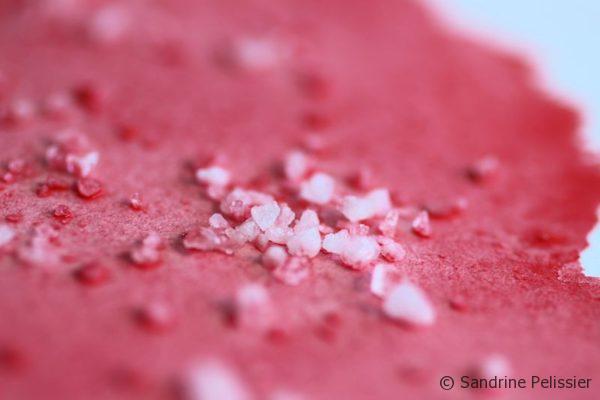
For salt texture, you can use coarse or fine salt, but coarse salt will give you a more obvious texture. When your wash is drying, the salt will absorb some of the water, moving the water and the paint around the grain of salt. The resulting texture will look like this:

You can still see the location of the grains of salt. This technique works great but I am not sure about the effect on the paper or canvas archival properties, so you might also want to experiment with an alternative which is rice.
2-Rice visual texture
Rice works the same as salt, but you get a texture that is more subtle.

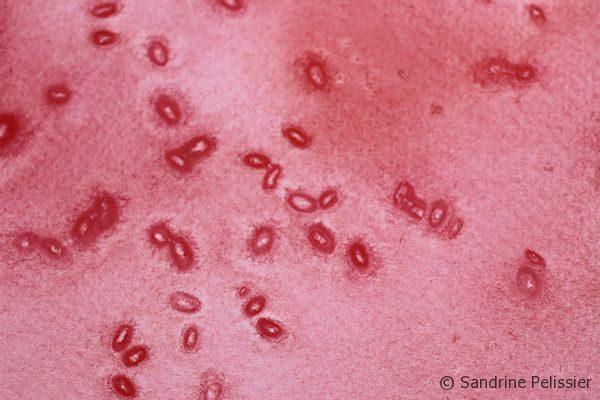
Add a few grains of rice while your paint wash is still wet.
You get a texture a bit similar to salt, but a bit softer.
3-Alcohol visual texture
Alcohol is one of my favourite way to add visual texture to a wet wash of watercolor or acrylic. Just use a dropper or put your thumb to partially close the opening of a bottle of rubbing alcohol.
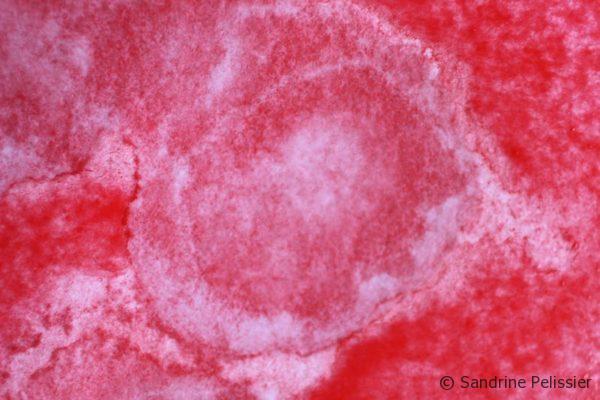
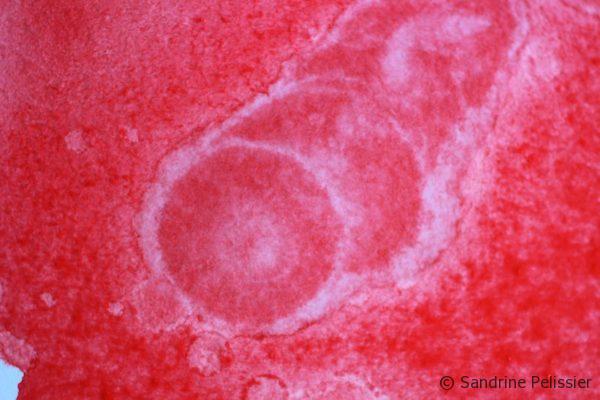
Alcohol textures.
4- Alcohol based ink visual texture
Alcohol based inks will give you the same textures as alcohol while adding a bit of color at the same.
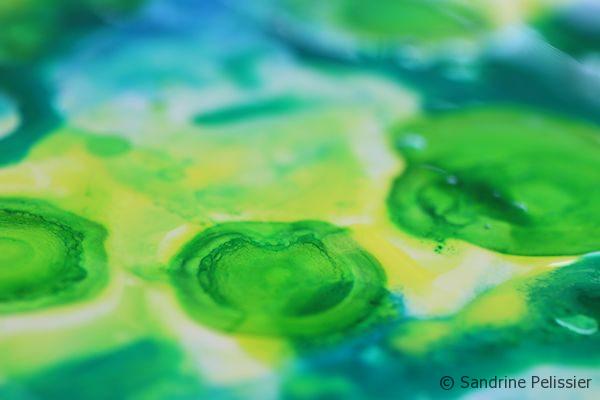
Alcohol based inks textures
I am a Blick Art Materials affiliate and I receive a small compensation for sales. That does not effect in any way the cost of the purchaser’s order but it helps me keeping the content of this blog free.

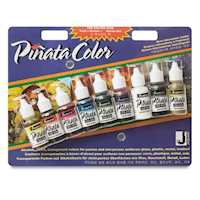 |
Jacquard Piñata Colors Jacquard Piñata Color line is a highly saturated, acid-free, transparent colors. These alcohol-based paints are indelible, and moisture-resistant when dry. For use on almost any clean surface including leather, glass, paper, plastic, metal, vinyl and more. – Piñata Colors Exciter Pack |
5-Water visual texture
I you like alcohol based inks textures but are looking for something a bit more subtle, you can try just adding drops of plain water to a wet wash. The water will make the paint move away and produce what is called a “bloom”, this works well on paper. It will also work on canvas but might be too subtle to really notice.
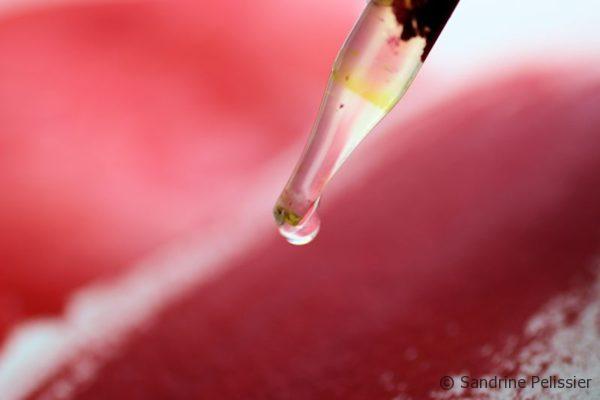
You can use a dropper to add water to your wet wash
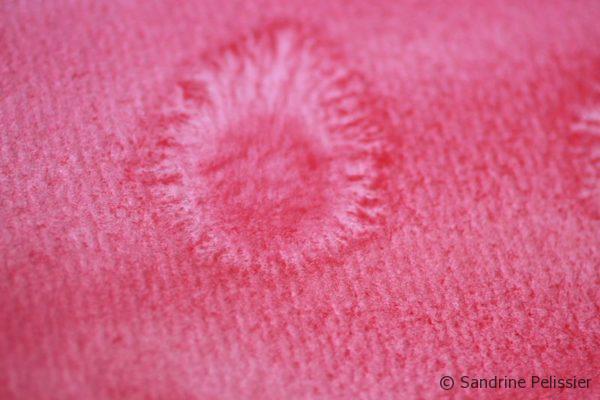
It will cause the formation of blooms on your paper.
6-Plastic wrap texture
Plastic wrap is another of my favourite ways to add visual texture, because you get a more geometrical look. Just apply some plastic wrap on top of a wash:
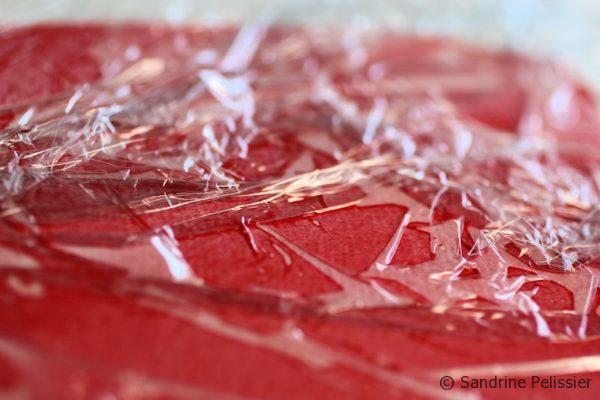
Make it fold so in some of the places it touches the wash and in some other places it does not.
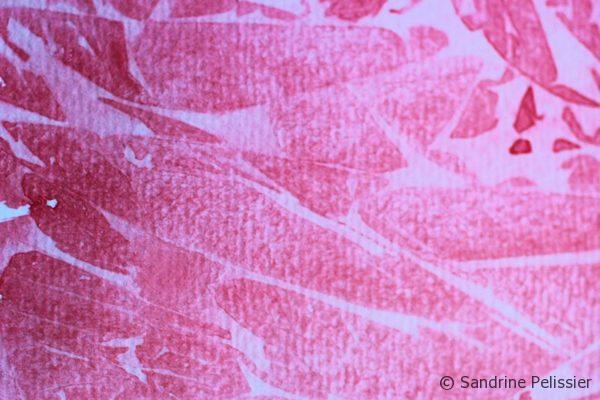
Once dry, you will get nice geometrical textures on your paper.



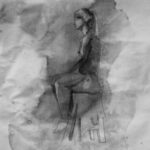

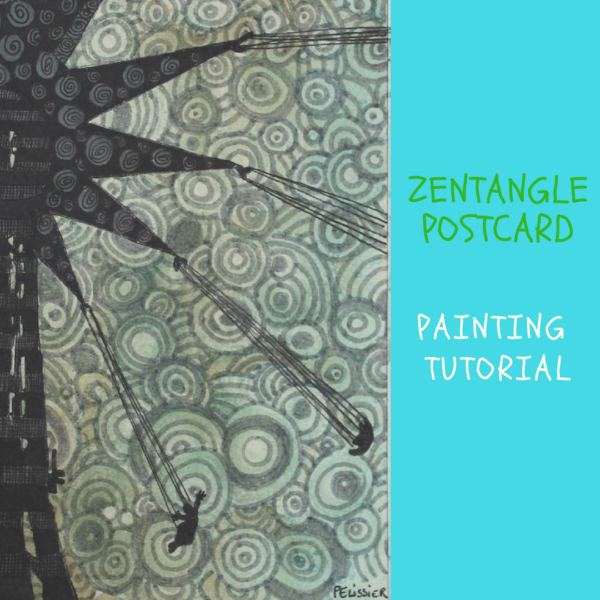
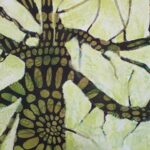
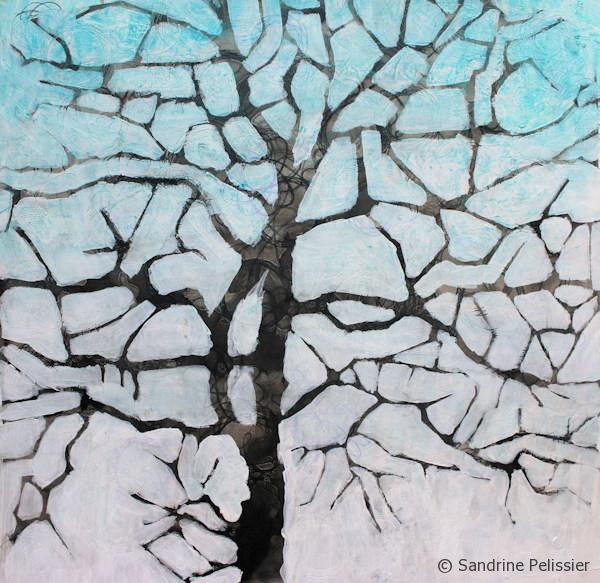

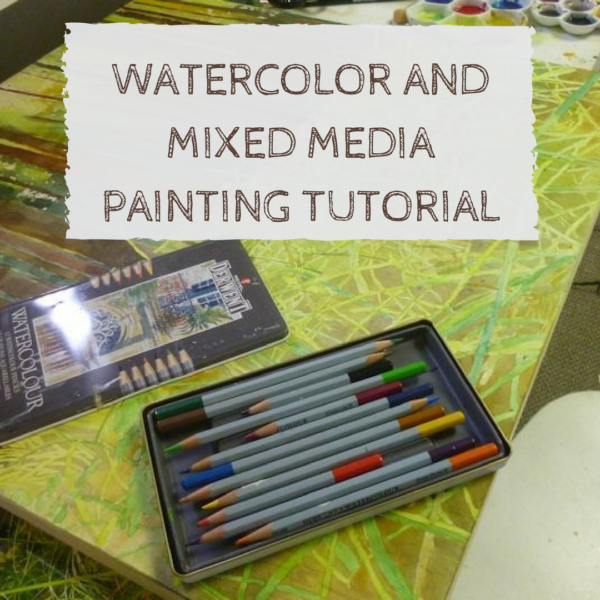
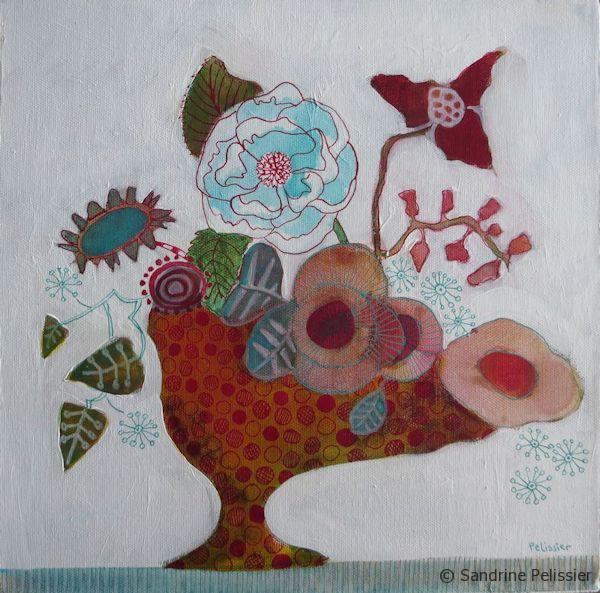
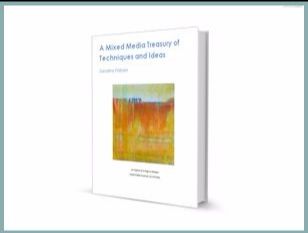

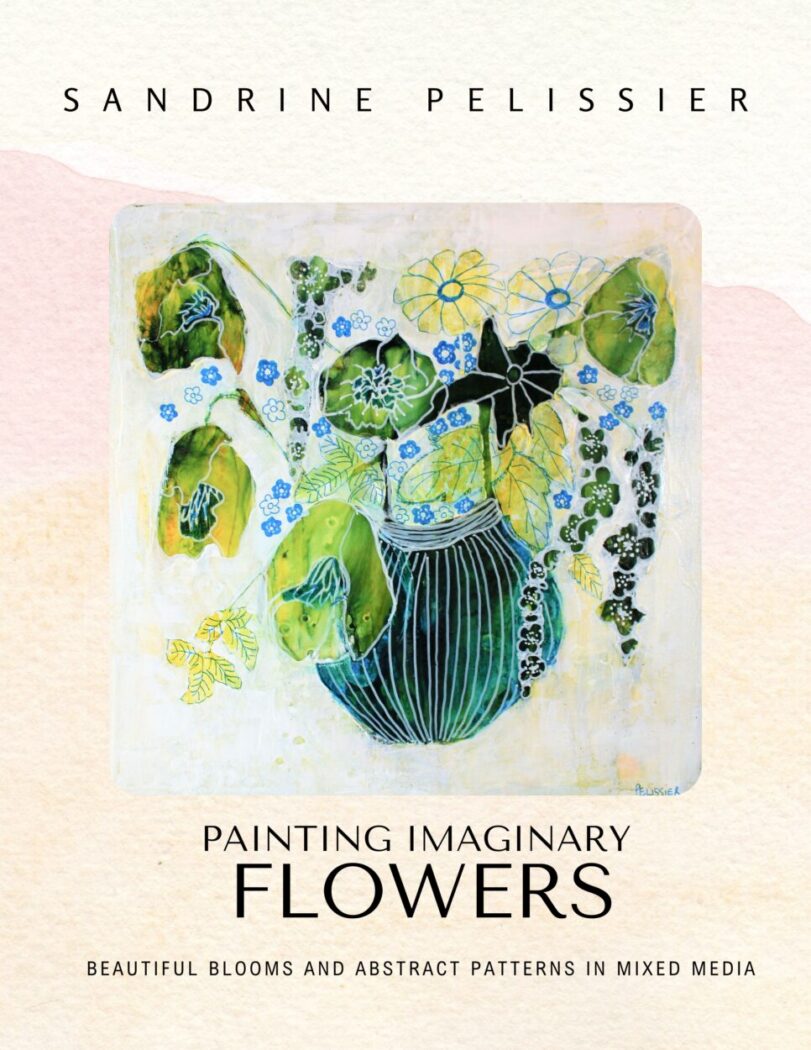
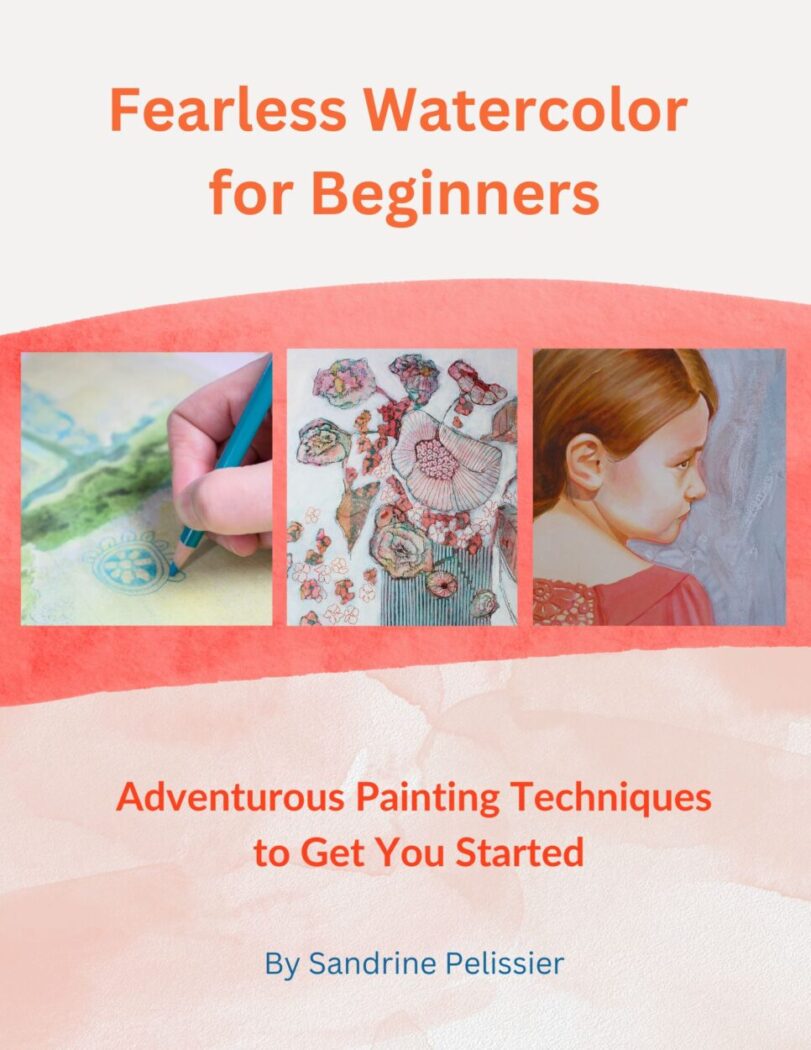

Comments (13)
aarondev
Much obliged Jeanine ! It makes me need to try different things with the mica watercolors
Shockingly I don’t figure you can post an image in the remarks, yet you can present a connection on an image from Facebook, or your site…
I saw the same unique blog as yours from other one I hope you can see that too and it will help for you. I am inserting the link below. Have a look on that I truly got admired on reading on both yours and this blogs.
https://kronictron.com/best-watercolor-techniques/
5 ways to improve your watercolor skills and have fun
[…] Perhaps the most important advice on that list. Don’t get me wrong, you don’t need to know exactly how your painting will look when finished and of course you can change your mind in the middle of the process and try out different options. In any case, you will get better results if your composition is thought out before and if you work at all areas of the painting through the different stages. For example I wouldn’t recommend leaving out a background till the last stages as it wouldn’t look integrated with the rest of the painting. You might also like:How to add visual texture to watercolor and acrylic washes. […]
How to paint flowers from imagination with acrylic ink on canvas
[…] You might also like: How to add visual texture to watercolor and acrylic washes. […]
edreid49573300
I hate to waste paint so have begun to use up my acrylic palette leftovers to prime a new canvas or paper. I apply the paint with a fairly large brush just using whatever paint is available on the palette making big, random movements. I don’t worry about blobs or drips. Great fun. The canvas is then ready for whatever I choose to paint.
Sandrine Pelissier
That sounds like a great technique Eddi.
One artist in our life drawing class does the same thing on paper and then uses the painted papers as a background for drawings.
Liz Chaderton
Dish wash rinse aid works in a similar way to alcohol, but better (in my opinion!). Surgical gauze is interesting (just lay it in a damp wash and leave until dry). Epsom salts work like salt but different patterns. Table salt works better than coarse for me. Bubble wrap laid in a wet wash – but you need to weight it down. Sanding water soluble pencils into a damp wash… Splatter into dry or damp. Stenciling. Scratching out or sanding your dry paper (to reveal white). Scoring the paper and then putting a wash on top, for fine dark lines. Printing (leaves etc). The only thing I would say, is that less is more. I have seen students try to put all these into one painting – they should only be used for a reason!! I am doing a texture session with my class this week, so you can tell it is on my mind……
Sandrine Pelissier
Thanks Liz for the tips!
I totally agree with you that less is more, if the textures are a bit too obvious it distracts from the rest of the painting.
carolina
Thank you so much, Sandrine.Does those techniques go well on yupo paper?
I loved the technique, and will try.
Thanks again.
Sandrine Pelissier
Hello Carolina, yes they will work even better on Yupo paper as textures are more obvious on Yupo than regular paper. Have fun 🙂
jnine493475600
I recently tried using the plastic wrap with watercolor. I tried it with two different types of watercolors. One set of watercolors is not of great quality so that one came out very blah but the other watercolors I used have mica in them called H2O’s. Those came out so beautiful. I love it !!
If I knew how to add the photos to this “post comment” I would.
Thanks for the excellent and very Fun idea’s you share. Jeanine
Sandrine Pelissier
Thanks Jeanine ! It makes me want to experiment with the mica watercolors 🙂
Unfortunately I don’t think you can post a picture in the comments, but you can post a link to a picture from Facebook, or your website…
Jeanette Weaver
Sandriene,
Your works keeps popping up. Enjoying your style and imagination. Some of the techniques are new to me, trying to incorporate different ways of doing my work. Mostly I do watercolor, thank you for being an excellent source.
Sincerely,
Jeanette Weaver
Sandrine Pelissier
Thanks Jeanette! All the best with you watercolor adventures 🙂